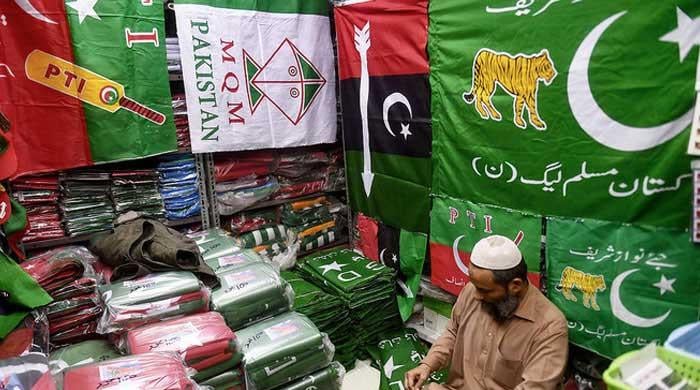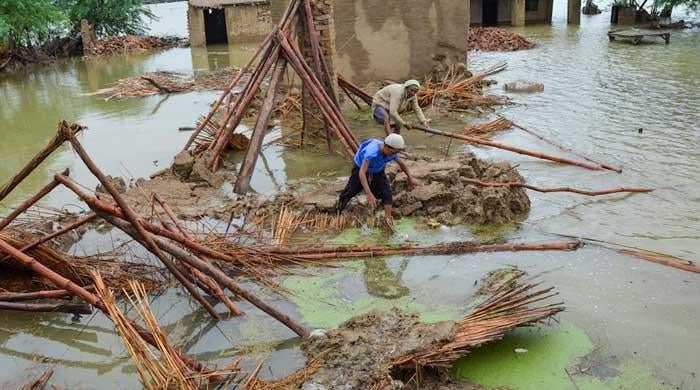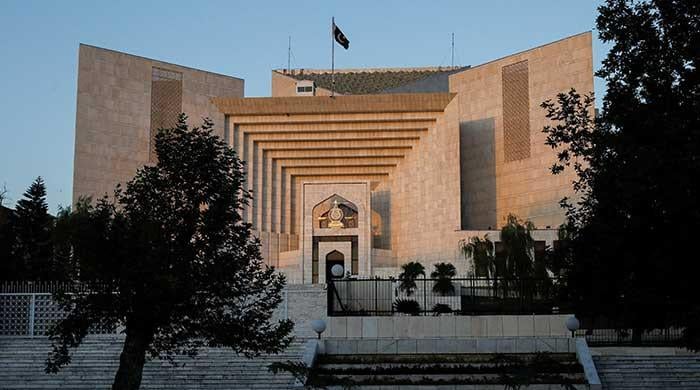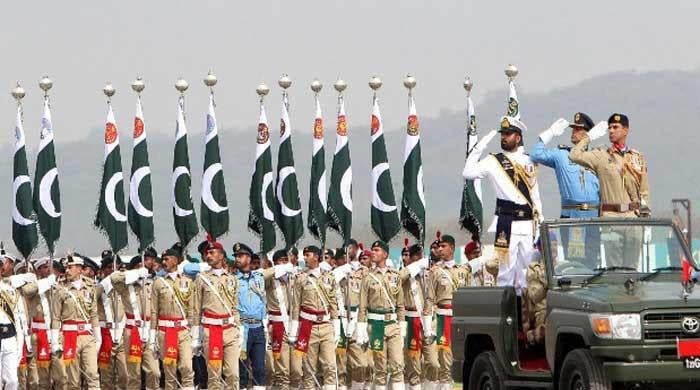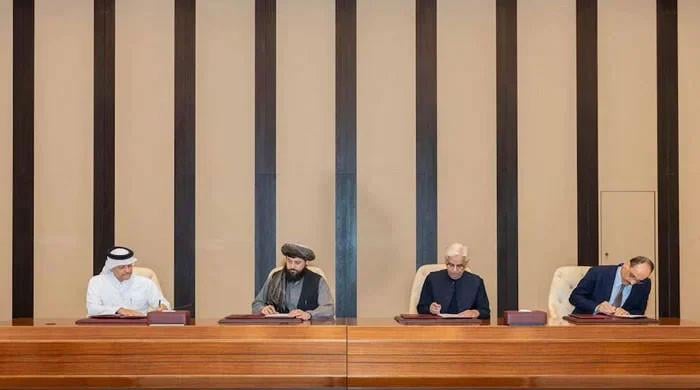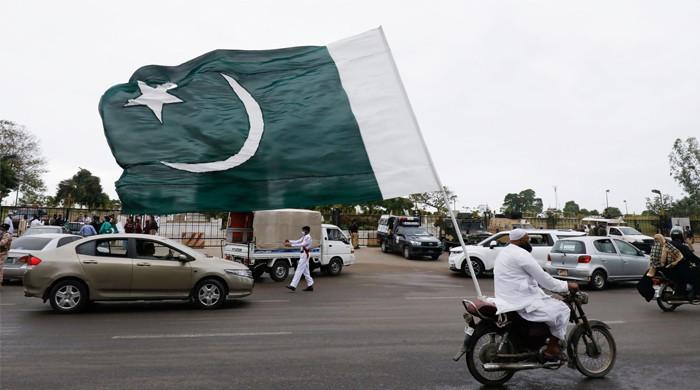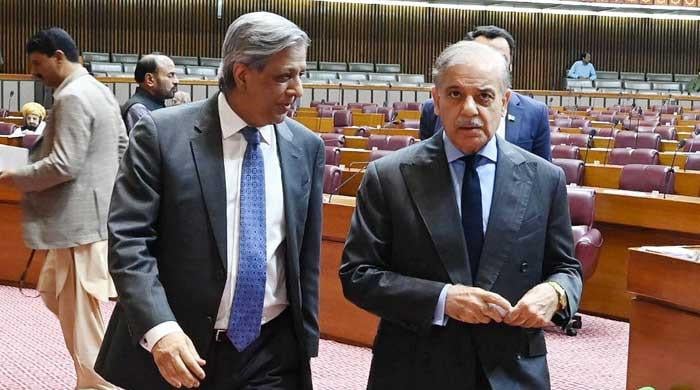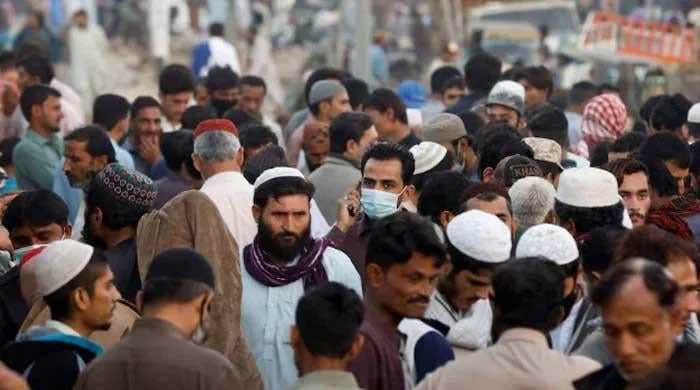Cost-to-capability
With multi-billion-rupee budget surpluses, Pakistan's provinces can emulate global precedents, ensuring sustained combat effectiveness
June 15, 2025
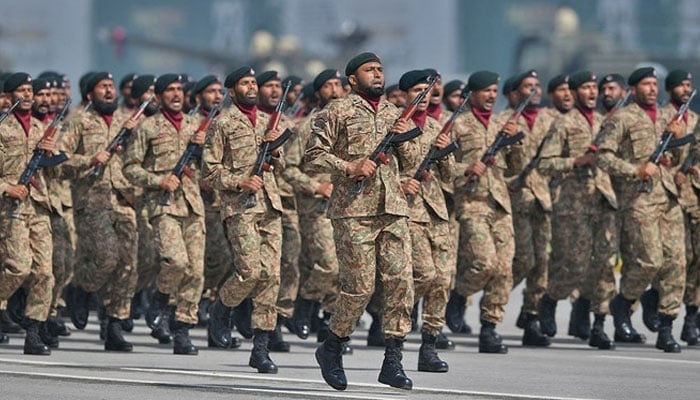
Pakistan spends $11,590 per active-duty soldier per year — a figure derived by dividing the country’s total defence budget by the size of its active military personnel.
By comparison, Iran spends $16,885 per soldier, India $50,858, Saudi Arabia $301,392, and the US $667,169. These soldier-specific expenditure levels – sourced from SIPRI, the IISS Military Balance and official national defence budgets — offer insight into each nation’s warfighter sustainment, including training, equipping, force modernisation and logistical support per combatant.
What do these stark disparities in expense per soldier reflect? Three key insights: One, despite operating with a significantly lower per-soldier expenditure, Pakistan’s Armed Forces consistently achieves a high degree of combat effectiveness, operational readiness, and force multiplication.
Two, this ‘cost-to-capability’ ratio underscores Pakistan’s ability to generate maximum deterrence value per dollar spent. Three, it reflects a lean but lethal force posture — one that prioritises agility and mission-centric force structuring over sheer financial outlay.
At $50,858 per soldier, India spends 450% more than Pakistan’s $11,590 per soldier, yet Pakistan managed to achieve decisive battlefield outcomes — an exceptional testament to Pakistan’s ‘cost-to-capability’ ratio.
Consider this: Pakistan allocates roughly $1.7 billion annually for new weapons acquisitions, while India spends over $22 billion per year on similar procurements.
Since 2012, India has spent an estimated $748 billion on defence, reflecting an overwhelming quantitative edge. Yet, Pakistan has consistently maintained qualitative parity through targeted investments, strategic doctrine, and efficient force structuring.
Red alert: To sustain and scale such operational success in the face of evolving regional threats and rapidly modernising adversaries, a measured increase in defence allocation is imperative to preserve three critical capabilities: combat overmatch, force modernisation and long-term deterrence credibility.
Pakistan’s armed forces must continue to preserve fiscal efficiency at all costs. To enhance warfighting capabilities, Pakistan’s short- to medium-term objective should be to raise per-soldier expenditure to approximately $15,000, aligning more closely with Iran’s $16,885.
Red alert: Pakistan’s $11,590 per soldier risks readiness gaps. Pakistan’s $11,590 per soldier also risks equipment obsolescence. Heavy investments in conventional platforms may not align with the rapid evolution of modern warfare. Naval frigates and submarines are very expensive and naval warfare is evolving toward unmanned underwater vehicles (UUVs), autonomous surface vessels, and hypersonic anti-ship missiles.
Main Battle Tanks (MBTs) demand substantial funding for maintenance, upgrades, and ammunition just when modern warfare is shifting toward unmanned systems, anti-tank guided missiles (ATGMs), and loitering munitions (drones like the Bayraktar TB2 or Switchblade).
Pakistan’s fleet of 4th-generation jets incurs significant maintenance and upgrade cost. The emergence of unmanned combat aerial vehicles (UCAVs) and AI-driven swarm drones is transforming air combat, offering cost-effective and scalable alternatives.
We must also consider the following international precedents: German states (Länder) fund military infrastructure ($2.2 billion annually); U.S. states fund National Guard units ($12 billion); Chinese provinces finance militia logistics ($5 billion); Canadian provinces maintain CAF bases ($1.3 billion); Brazilian states fund Military Police ($5 billion); South African provinces fund training facilities ($550 million) and Mexican states fund the Guardia Nacional and military infrastructure ($4 billion).
With multi-billion-rupee budget surpluses, Pakistan's provinces can emulate global precedents, ensuring sustained combat effectiveness and deterrence credibility.
The writer is a columnist based in Islamabad. He tweets/posts @saleemfarrukh and can be reached at: [email protected]
Disclaimer: The viewpoints expressed in this piece are the writer's own and don't necessarily reflect Geo.tv's editorial policy.
Originally published in The News
